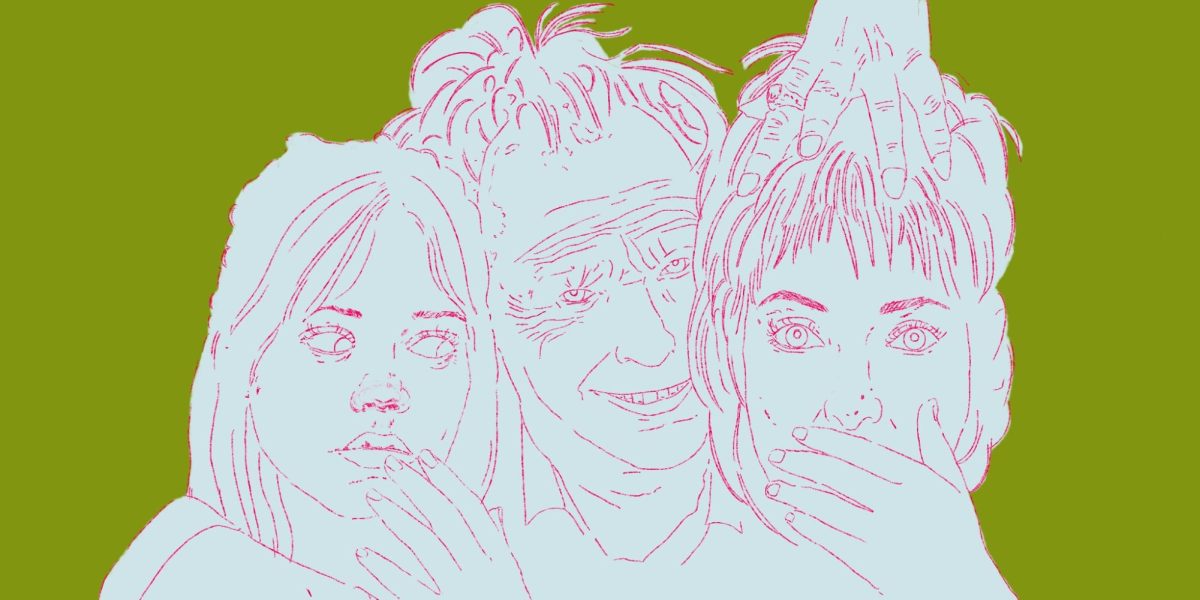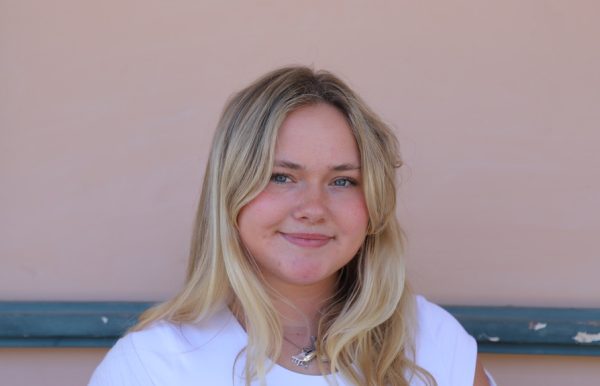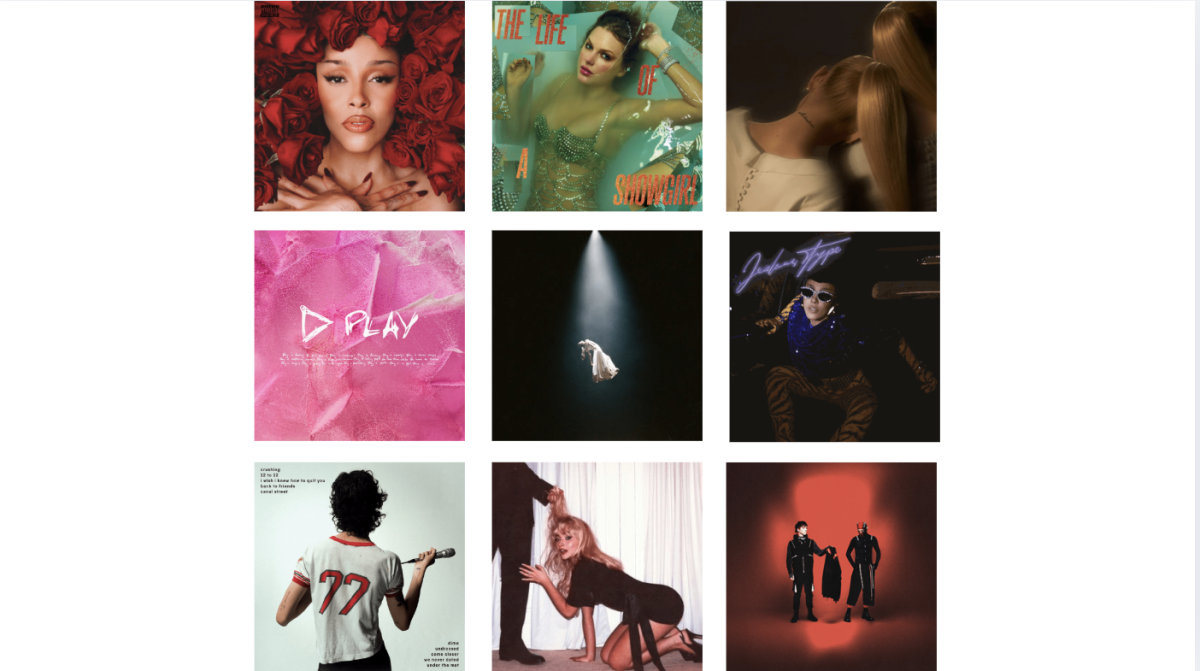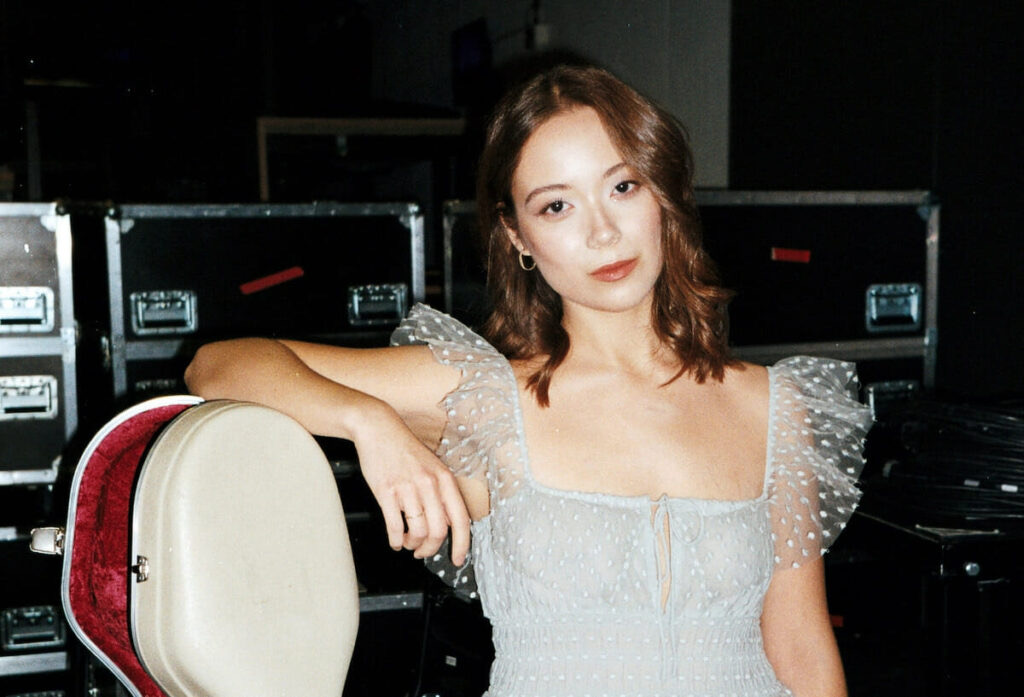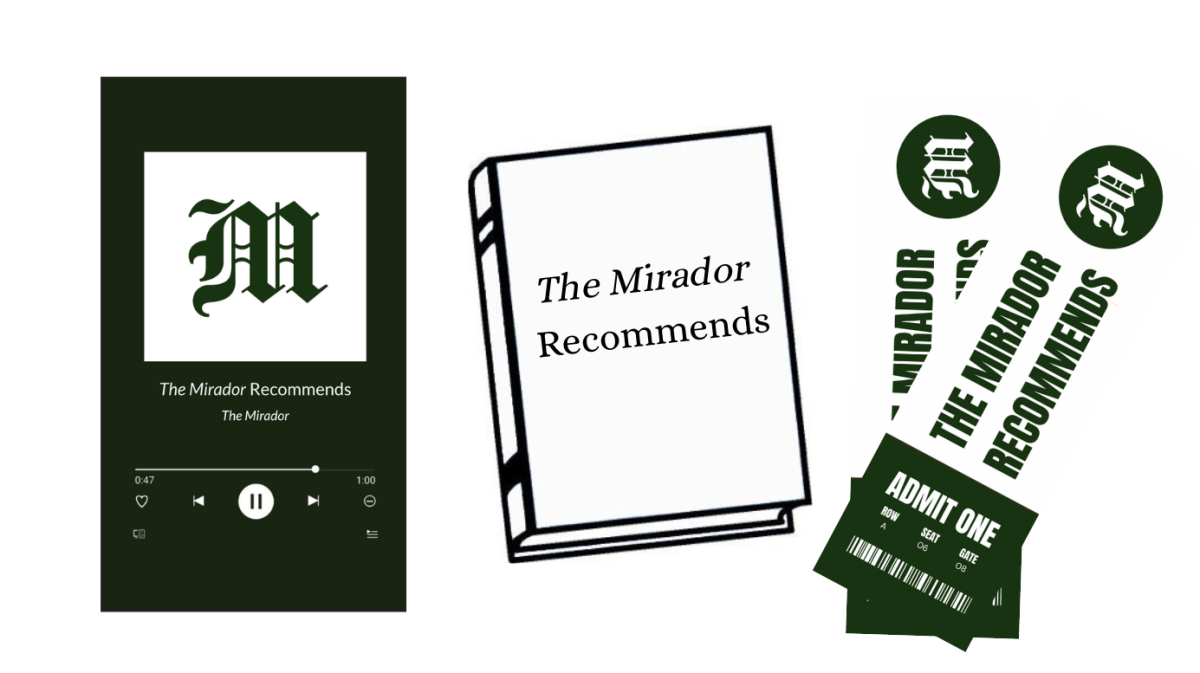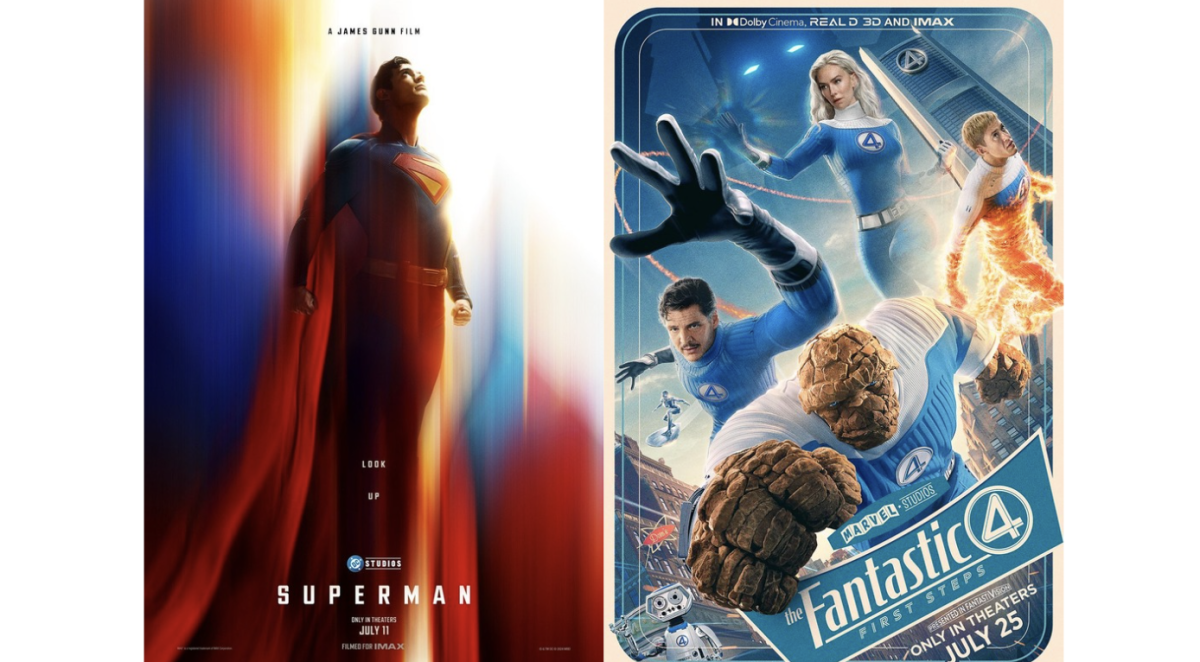Be warned: There will be spoilers for those who read further. If you have yet to see the first movie, watch it before reading.
The classic 1988 film, “Beetlejuice,” has been recently revamped. Keeping most of the same characters, except for the ghosts of the Maitlands, “Beetlejuice” is back at it again with a dramatic new storyline.
For those who haven’t seen the original, Beetlejuice, played by Michael Keaton, is a mischievous and crude ghost who is summoned to scare away the Deetz family. By the end, however, the Maitlands, the original ghosts who summoned him, realize he has gone too far and try to get rid of him.
To start, “Beetlejuice Beetlejuice” (Beetlejuice 2), with a Tomatometer of 77%, kept the hilarious throwbacks of the first film. Tim Burton, the director of both movies, definitely knows how to slide in references to the original. Burton kept the song “Day-O” from the first movie in the scene where everyone was forced to dance as a funeral song for Charles Deetz – Lydia Deetz’s father – played by Jeffrey Jones. On top of this, he added the classic sandworm back in Delia Deetz’s art sculptures, which she made in the first, and continues to add yet another dance scene where Beetlejuice controls every character’s actions.
Little references like these, along with some well-timed music and incredible costume choices, give Beetlejuice its hysterical elements. Moreover, having Beetlejuice continue with his sarcastic but funny remarks is what makes the movie so remarkable. His unique personality keeps the audience engaged with his silly and disgusting character. The movie couldn’t have had a better actor than Michael Keaton to play this character.
However, some noticeable differences keep the second movie from surpassing the first. The most obvious differences are the production quality and timeline. The poor editing quality for the first movie, created in the late 80s, improves the retro horror-comedy aesthetic behind Beetlejuice’s character. With the new film, the improved editing and smoother transitions make the movie scarier and less distant from the present, degrading the plot’s old-timey theme.
“The complex lighting, higher camera quality, and the wider variety of different shots and angles all made it seem more ‘cult-classic’ compared to the original…I wish they had kept more to the visual style of the original,” junior Noah Thaler said.
Another theme of “Beetlejuice Beetlejuice” is that it seems to have five different plots that add to the confusing structure of the movie. The first movie’s plot is simple and follows one storyline about what happens to the dead and meeting Beetlejuice. As for the second movie, Charles Deetz’s half-eaten body makes a recurring appearance. A new ex-wife, able to kill the dead, has Beetlejuice as her number 1 on her hit list. Rory–Lydia Deetz’s new fiance–tries to marry Lydia, who is unwilling to do so. Astrid Deetz, who is also Lydia’s daughter, tries to see her dead father while being entranced by Jeremy Frazier, who attempts to trade his soul for hers to come back to life. Plus, an underlying theme of trying to fix the relationship between Lydia and Astrid as mother and daughter.
This is not even mentioning the little side plots thrown in for amusement. By trying to appeal to the short attention span of the younger generation who may watch this movie, each scene may keep the audience engaged but confuse the plot. “So the film moves like it’s distracted and wading through a mess, … the conflicts are watered down with hit-and-miss visual gags and flat dialogue,” film critic John Serba wrote in a review.
While the movie is still funny and entertaining, it can’t beat the notorious “Beetlejuice” of the ’80s.

